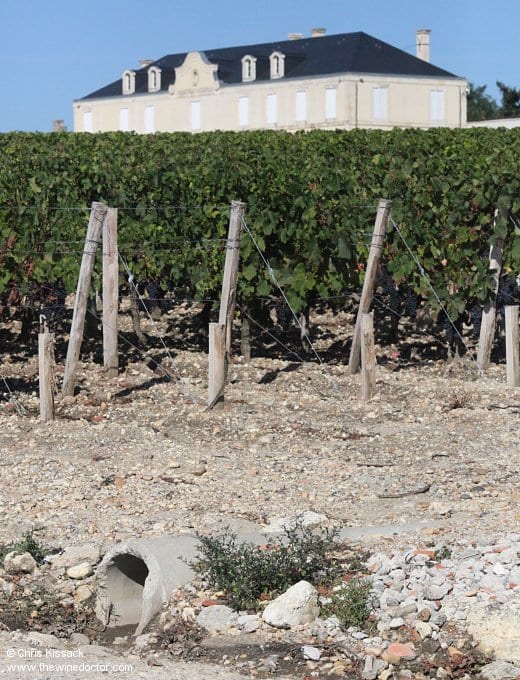Château Beau-Site
I have to look back quite a few years to my first encounter with the wines of Château Beau-Site, close to twenty years in fact. It was a blind tasting with friends, with – if I remember rightly – a very vague Bordeaux theme. The wines on show were hardly remarkable, a mixture of cru bourgeois estates, second wines and a rather decrepit old Côtes de Bourg. One wine in the tasting had some particularly good qualities through, and its silky texture and pure sense of elegance told me – in what was a rare moment of blind-tasting success – that this was a wine of the 1985 vintage. As to its identity though, I had no idea. Blind tastings are hard enough when you at least know which wines are likely to be included in the line up; identifying a wine completely blind without even a clue is the sort of trick only Roald Dahl would conjure up.
As it turned out, I had the vintage correct. And the wine came from a château that seemed vaguely familiar, although I’m sure that I hadn’t tasted its wine before. The label declared it to be Château Beau-Site. Despite the evident quality in that vintage, over the years that have passed since that first taste my encounters with the wines of this Saint-Estèphe estate have been sporadic at best. And, to be fair, other vintages have not always enthralled me. Nevertheless, this remains an estate worth knowing about, and in this profile I examine the property’s history, as well as the approach to viticulture and winemaking, followed up as always by my tasting notes.

